
What does the Miracle on the Hudson have to do with firearms training?
If you’ve seen the Clint Eastwood movie Sully, which depicts the heroic landing of a stricken US Airways Airbus 320 on the Hudson River, you might recall the climactic scene near the end where the NTSB board of inquiry had two other pilots perform the same flight in a simulator that Captain Sullenberger and his first officer faced in real life that frigid January morning.
But, unlike in the real incident, the two other pilots in the simulator successfully flew the disabled plane over to Teterboro airport in New Jersey despite the double-engine flameout caused by the flock of geese that started the whole incident. The NTSB thought that by proving it could be done, they were demonstrating that Sully had made a bad decision not to divert to Teterboro and instead ditch the plane in the Hudson River.
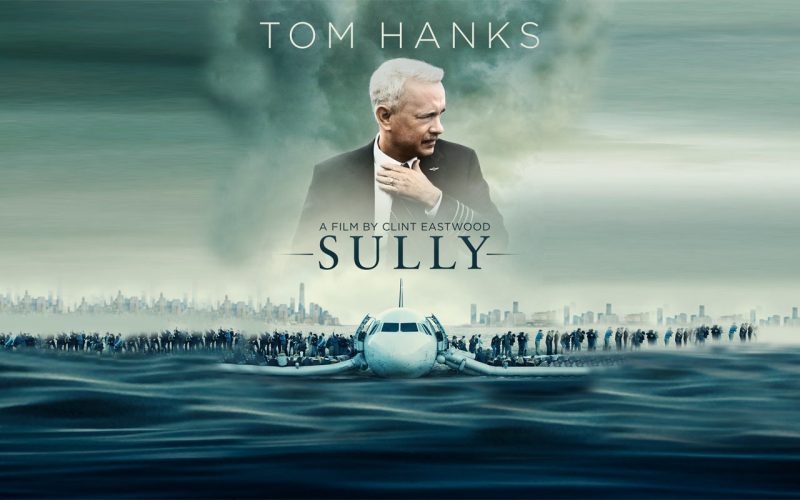
At first, the successful simulation seemed like a clear indictment that Sully had screwed up. If these two pilots with less training and fewer flight hours than Sully could successfully land the crippled plane, why couldn’t he? It seemed like a fair question, except they left off one important element: timing. Tom Hanks, playing Sully, correctly pointed out after the simulation was over that the new pilots recreating the incident knew what would happen before they set foot inside the cockpit. In fact, the board admitted, they had 17 tries to get it right. On the other hand, Sully and his first officer had been taken completely by surprise by the sudden double flame out and had to react to a new situation that nobody had ever trained for.
Once the decision time was calculated and entered into the flight sim computer, the simulation was run again. The new pilots could no longer successfully fly to either Teterboro or LaGuardia and crashed twice, thus exonerating Sully from wrongdoing.
How does this pertain to firearms?
Training, by definition, always has a level of falseness built in. You know you’re there for training. It’s no surprise you’re going to be shooting guns at targets. No training can completely replicate real life just by the mere fact that it’s training. But you can add realistic elements that get it closer.
If you’ve ever worked with a shot timer for defensive training or competition, you know that two things happen on the beep. First, your brain stops working for a second (sometimes longer), and you completely forget the carefully mapped out course of fire you spent the last few minutes preparing yourself to shoot. It’s like a sort of voodoo magic inside the shot timer that causes your brain to completely shut down. Second, once you have recovered enough of your mental abilities to function again, you draw your gun and start shooting at the first target, hoping you’ll somehow remember the rest of what you’re supposed to do.
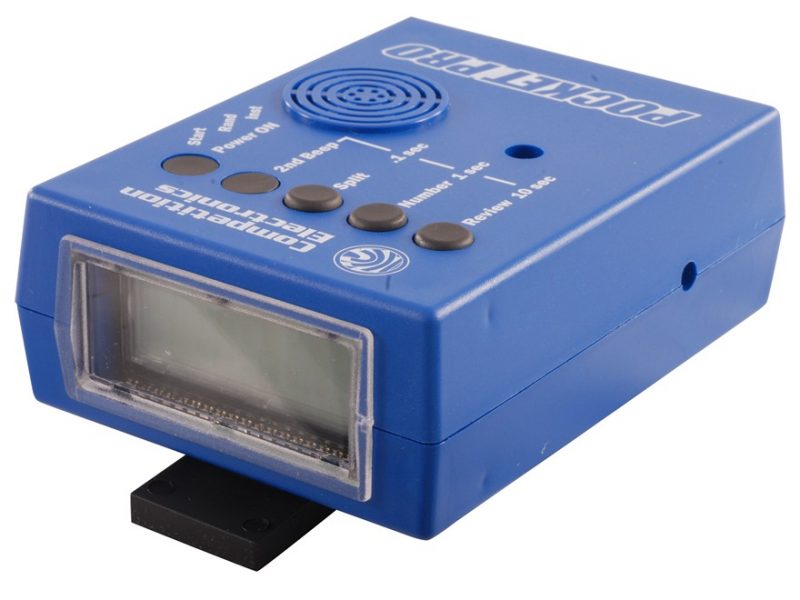
However you react, one thing is clear: you know it’s coming. Your hand is likely somewhere close to your gun or at an advantageous angle for a quick draw, your body is in a good shooting stance, and your mindset is already engaged with the mission ahead to engage known targets. You even set up your holster and mag pouch configuration the night before for the day’s event.
In real life, however, that’s not how it works. Chances are, you’re not going to get into a defensive shooting where the bad guy brings along a shot timer, tells everyone to stand by, and then pushes the button the moment he begins his attack. There is no RSO monitoring no-shoots at the local convenience store. That’s not how it works.
Instead, you’re going to have an “oh, crap, what just happened?” moment before you must decide what – if anything – to do next. That decision time is part of the OODA loop: Observe, Orient, Decide, Act. It’s how we make decisions and take action every day in every part of our lives.
My grandfather wisely said once, “If I had known I was going to have an accident, I would never have gone driving.” We can’t plan for what we don’t know is coming, but we can prepare for what might happen. We’ve all probably heard the saying, “Never draw on a drawn gun.” But in a self-defense situation, the bad guy typically draws first. That’s how we know he’s a deadly threat. Gun equals threat. And now we have to react.
Bring Realistic Timing into Training
No matter how much we try to realistically simulate real-world environments in training, if it’s a training scenario, everyone knows it. So the question becomes, how do you add as much realism into something everyone already knows will be only a limited facsimile of what they will encounter in real life?
Start by building the OODA Loop into the shot timing by adding a few seconds between the beep and when the shooter is allowed to draw. To the shooter, those two or three seconds will feel like an eternity, and they should. It will likely feel that way in real life, too, as time often seems to slow to a crawl in hostile encounters.
If your range layout safely allows it, have the shooter face a completely different direction when the scenario begins. Don’t let him see the targets ahead of time. Then, when the timer or threat indicator goes off, he can turn and assess what to do. Let the OODA loop fully work from start to finish.
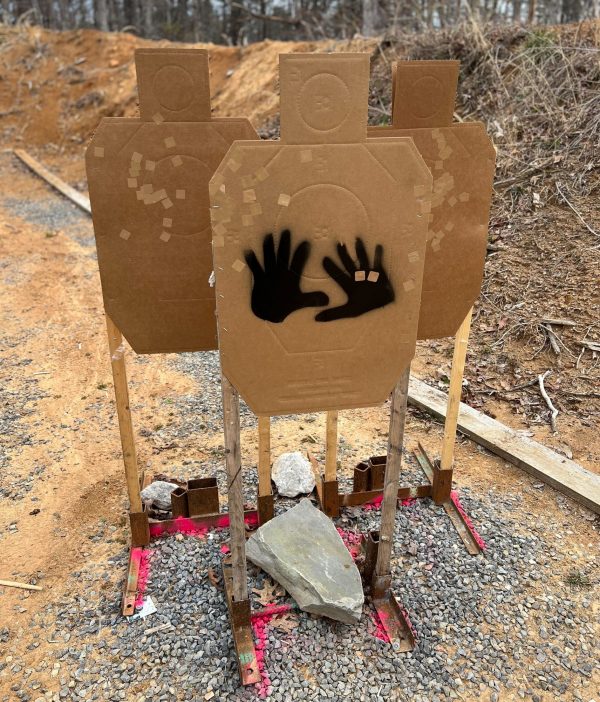
Another idea is to add no-shoots near the bad guy, so the good guy needs to be judicious about shot placement. The local convenience store is full of good guys who don’t need shooting, so placing several no-shoots in the target area is realistic.
Finally, eliminate all bad guys from the scenario and make the stimulus something other than a gun shot or shot timer. See if the good guy draws his gun. If he does, penalize him. Why did he draw his gun when there was no threat? Talk about the consequences of such actions in the real world. What would have happened had the simulation been real?
While there are many ways to get creative with adding realistic timing into training, the point is to get away from the straight beep-shoot relationship often found when using a shot timer. In real life, it won’t be that way, so shy away from creating training scars with unrealistic training.
ABOUT THE AUTHOR:
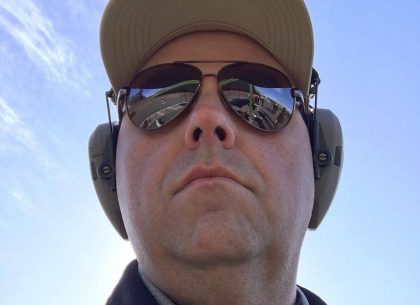
David Workman is an avid gun guy and a contributing writer to several major gun publications. As an NRA-certified instructor, David trains new shooters on basic handgun skills and CCW requirements and is a strong advocate for training as much as possible. “Real-life shootouts don’t happen at a box range.”
![]() You may also enjoy these popular articles:
You may also enjoy these popular articles:
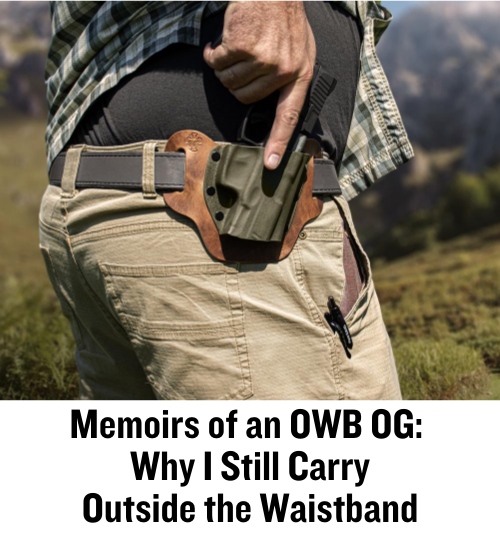
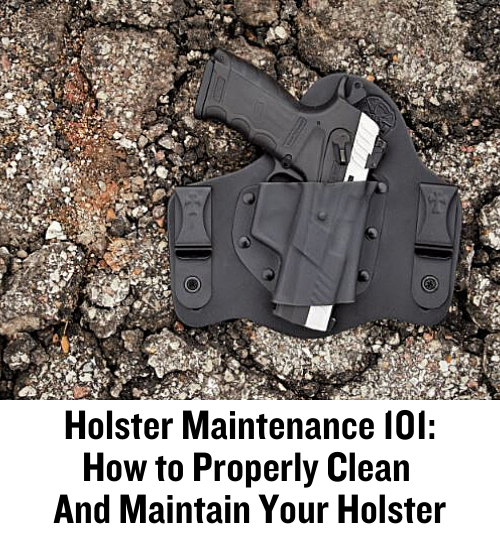

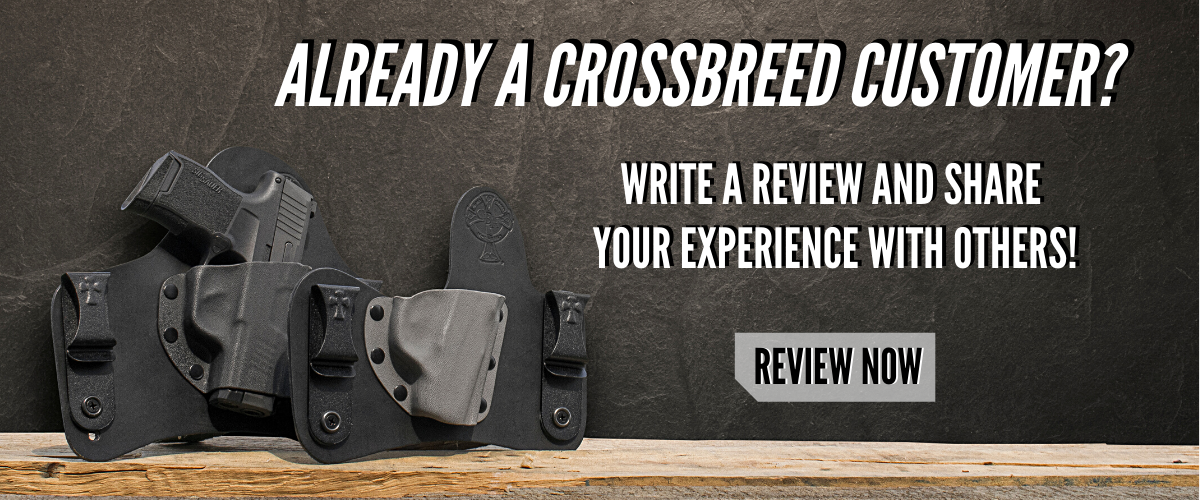
©MTC Holsters, LLC and CrossBreed Holsters Blog, 2022.
Unauthorized use and/or duplication of this material without express and written permission from this site’s author and/or owner is strictly prohibited. Excerpts and links may be used, provided that full and clear credit is given to David Workman and the CrossBreed Blog with appropriate and specific direction to the original content.
![]()


One thing I like to do at my local club is hide the target array with a tarp wall so at the beep they have to come around the “wall” and are blind to what is on the other side till they get there. I also like to have them have to come around the berm between bays. However when I do this because they now have a loaded gun outside of a bay area I have a safety walk with them to make sure that at no time does a hand come anywhere near the firearm. This way the only clues as to what has gone on for the people before them is the sounds of gun shots. I have even gone so far as to fire shots myself during a no shoot training event so the guys on the other side of the berm have no clue. Again safety is paramount in a training environment and if you don’t feel safe or it just isn’t allowed have everyone behind the tarp wall where they can’t see the array and when the shooter is done they move to the side and tell them not to talk about what they did and then do a debrief after everyone is complete. This of course considers having multiple shooters going through the drill. I also set my timer for a random delay beep so they don’t know exactly when it’s going to go off.